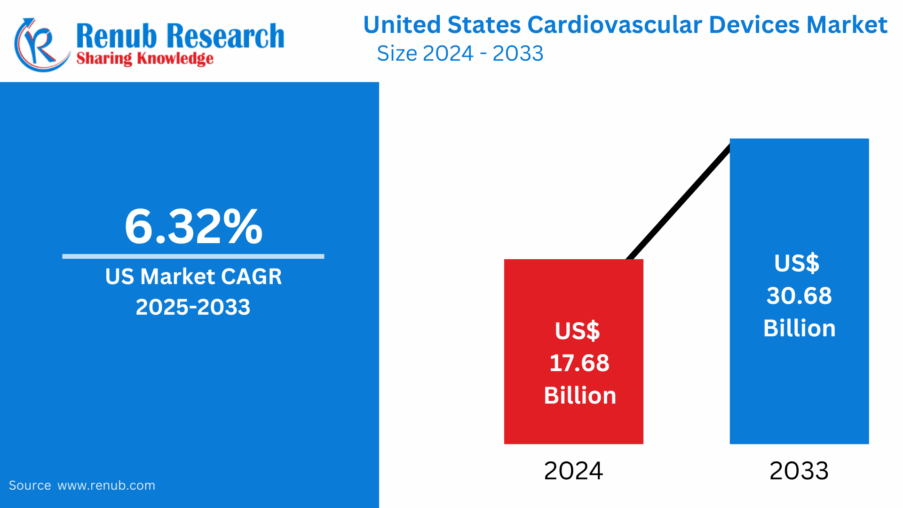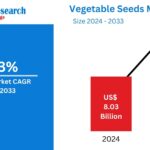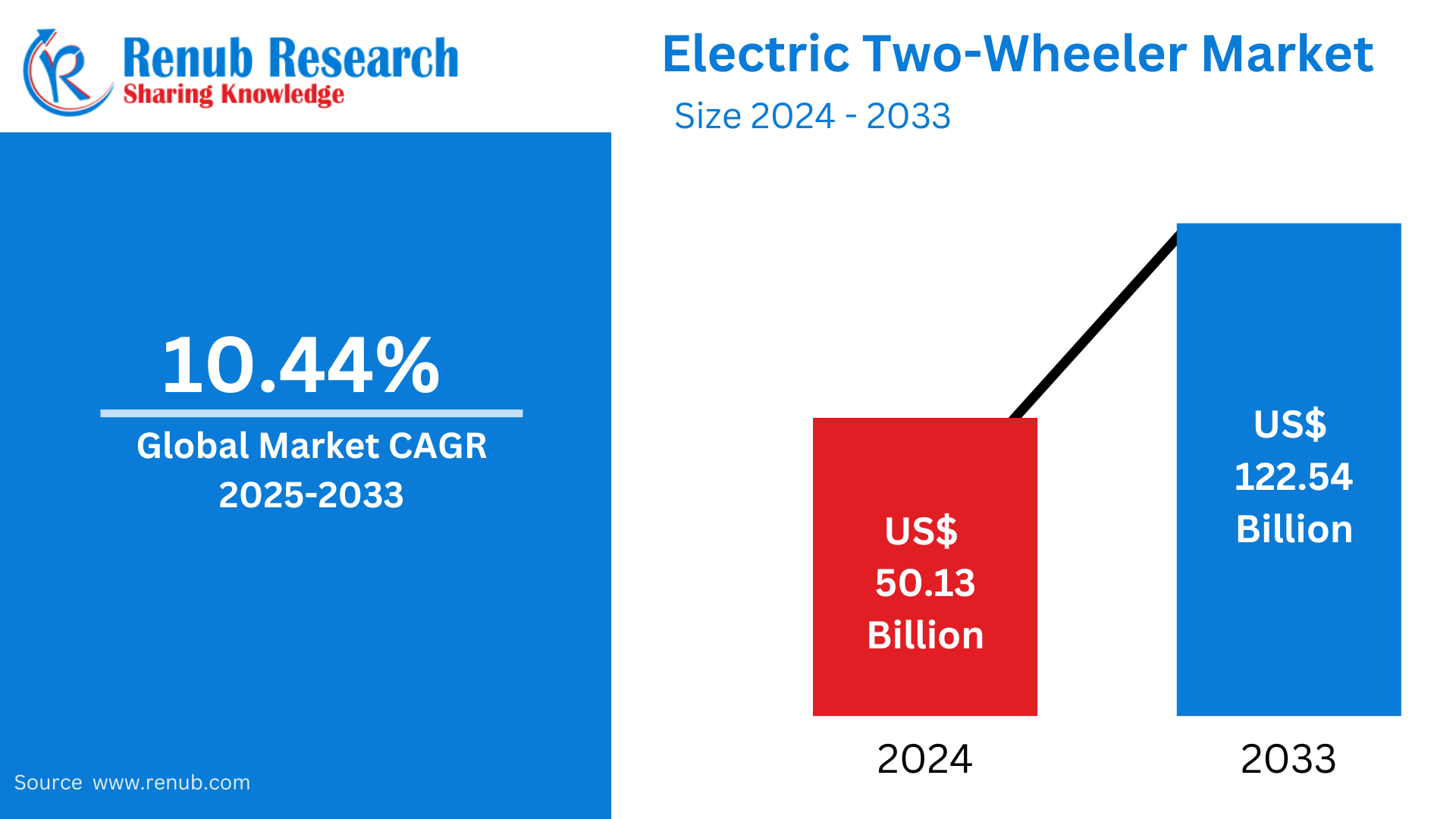United States Cardiovascular Devices Market (2025-2033)
Introduction The United States Cardiovascular Devices Market is projected to rise from USD 17.68 billion in 2024 to USD 30.68 billion by 2033, expanding at a CAGR of 6.32% during the forecast period. This impressive growth is driven by the increasing prevalence of cardiovascular diseases (CVDs), ongoing technological advancements, growing adoption of minimally invasive surgeries, and rising healthcare investments. The growing elderly population and sedentary lifestyle patterns further reinforce the market’s expansion.
Market Definition and Scope Cardiovascular devices are instruments and tools designed for diagnosing, monitoring, and treating cardiovascular diseases. These devices encompass a wide range including stents, pacemakers, defibrillators, diagnostic imaging systems, and wearable monitors. Their importance lies in the management of coronary artery disease (CAD), arrhythmias, heart failure, and related heart conditions.
Key Market Trends and Growth Drivers
- Increasing Prevalence of Cardiovascular Diseases (CVDs) Cardiovascular diseases remain the leading cause of death in the U.S., accounting for over 700,000 deaths in 2022. The increasing burden of heart conditions such as CAD, heart failure, and arrhythmias underscores the critical need for advanced cardiovascular devices. Aging demographics and lifestyle factors like obesity, smoking, and hypertension are key contributors to the growing incidence of CVDs.
- Advancements in Medical Technology Technological innovations are transforming cardiovascular care. The advent of minimally invasive techniques, AI-integrated diagnostic tools, and wearable cardiac monitors enhance accuracy, reduce patient recovery times, and personalize treatments. Devices such as next-generation stents, long-lasting pacemakers, and robotic-assisted surgical systems are fueling market adoption across all healthcare settings.
- Supportive Government Policies and Healthcare Funding Healthcare reforms, including the Affordable Care Act, have expanded access to cardiovascular care. Government initiatives such as the CDC’s Million Hearts program emphasize CVD prevention, early detection, and advanced treatment. Enhanced reimbursement frameworks and research funding further promote widespread adoption of high-tech cardiovascular devices.
Market Challenges
- High Costs of Advanced Cardiovascular Devices The high cost of technologically advanced devices remains a major barrier, particularly in underfunded or rural healthcare facilities. While insurance covers some of the cost, significant out-of-pocket expenses may restrict patient access to life-saving treatments.
- Complex Regulatory and Approval Processes Stringent FDA regulations and lengthy clinical trials prolong the time to market for new devices. The high costs associated with R&D and regulatory compliance can slow down innovation and limit the availability of novel cardiovascular technologies.
United States Cardiovascular Devices Market Segmentation Analysis
By Device Type:
- Diagnostic and Monitoring Devices (ECG, Holter monitors, imaging systems)
- Therapeutic and Surgical Devices (stents, pacemakers, defibrillators, heart valves)
By Application:
- Coronary Artery Disease (CAD)
- Cardiac Arrhythmia
- Heart Failure
- Others
By End-User:
- Hospitals and Clinics
- Ambulatory Surgical Centers
- Diagnostic Centers
- Cardiac Catheterization Laboratories
- Others
Related Report:
Global Lipid Nanoparticle Market
United States Medical Tapes and Bandages Market
Prostate Cancer Biomarkers Market
Regional Insights
California: A leader in innovation, California hosts several prominent medical research institutions and healthcare companies. Its thriving biotech sector and public-private collaborations make it a vital hub for cardiovascular device innovation and commercialization.
New York: New York has a well-established healthcare infrastructure and a large aging population, creating significant demand for cardiovascular devices. Initiatives supporting heart disease prevention and the availability of advanced treatment options contribute to market growth.
Washington: In Washington, the market is driven by increasing awareness, technological development, and widespread use of diagnostic and monitoring devices. State initiatives support early detection and preventive care.
Florida: With one of the highest elderly populations in the U.S., Florida is experiencing increased demand for cardiovascular interventions. Strong healthcare infrastructure and state-level initiatives boost the market for diagnostic and therapeutic cardiac devices.
United States Cardiovascular Devices Market by Segment Focus
- Diagnostic and Monitoring Devices: These devices dominate the U.S. cardiovascular market due to their role in early detection and patient monitoring. Devices such as ECGs and portable heart monitors support timely diagnosis and improve patient outcomes.
- Coronary Artery Disease (CAD): CAD is a major driver of cardiovascular device usage. Devices like stents, angioplasty balloons, and advanced imaging technologies are widely used in diagnosing and treating CAD.
- Diagnostic Centers: Diagnostic centers are key users of cardiovascular equipment. Equipped with tools like echocardiograms, stress testing systems, and catheterization labs, these centers facilitate detailed cardiac assessments and early detection.
Competitive Landscape Leading market players focus on innovation, strategic collaborations, and product expansion to strengthen their market positions. Key companies include:
- Abbott Laboratories
- Boston Scientific Corporation
- Edwards Lifesciences
- Cardinal Health Inc.
- Medtronic PLC
- GE Healthcare
- Johnson & Johnson Services, Inc.
- Siemens Healthcare GmbH
These companies invest heavily in R&D and regularly introduce cutting-edge cardiovascular solutions to meet growing clinical demands.
Conclusion The United States Cardiovascular Devices Market is set for sustained growth through 2033. The convergence of an aging population, rising prevalence of CVDs, rapid technological advancements, and supportive government initiatives creates an enabling environment for expansion. While challenges related to cost and regulatory hurdles persist, continued innovation and increased healthcare investment will drive long-term market success.
About the Company:
Renub Research is a Market Research and Consulting Company. We have more than 15 years of experience especially in international Business-to-Business Researches, Surveys and Consulting. We provide a wide range of business research solutions that helps companies in making better business decisions. We partner with clients in all sectors and regions to identify their highest-value opportunities, address their most critical challenges, and transform their businesses. Our wide clientele comprises major players in Healthcare, Travel and Tourism, Food Beverages, Power Energy, Information Technology, Telecom Internet, Chemical, Logistics Automotive, Consumer Goods Retail, Building, and Construction, Agriculture. Our core team is comprised of experienced people holding graduate, postgraduate, and Ph.D. degrees in Finance, Marketing, Human Resource, Bio-Technology, Medicine, Information Technology, Environmental Science, and many more.
Media Contact:
Company Name: Renub Research
Contact Person: Rajat Gupta, Marketing Manager
Phone No: +91-120-421-9822 (IND) | +1-478-202-3244 (USA)
Email: mailto:[email protected]





